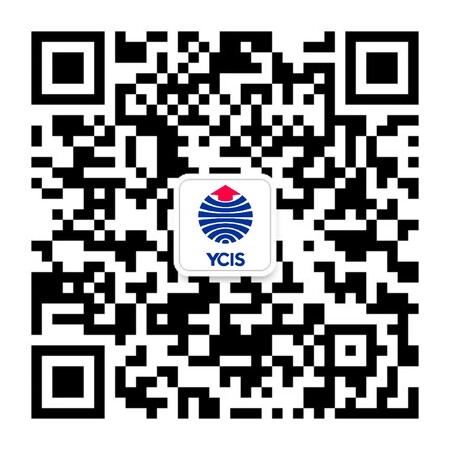Go Back
News
News
Students Take to the Skies with Cross-cultural Learning
News
22 Apr, 2016
10 : 00
YCIS Beijing is renowned for its commitment to embracing Chinese culture and uniting the best of East and West. When combined with our experimental project based learning, the result is a truly substantial and rewarding lesson for students. The integration of these two teaching philosophies can be found in every classroom at YCIS Beijing, one perfect example being the recent Year 6 Chinese Kite Workshop.
As the season changes, Year 6 Chinese Co-teachers took advantage of the warmer weather to create a lesson plan based around the history and cultural significance of Chinese kite making. With the help of local kite makers Mrs Wei and Mr Bao, who have been teaching YCIS Beijing students the art of traditional kite making for 10 years, students were able to gain a better understanding of the process behind making kites and the uses kites have had throughout Chinese history.
Mrs Wei explained that the first kites were made 2,300 years ago and since then have had a myriad of applications. Before the Tang Dynasty, kites were used in the military, issuing orders to far off allied troops and indicating the location of the enemy. By the Song Dynasty, kites had evolved into a sporting pastime as well as became linked to the Chinese Tomb-Sweeping festival. As a way of exorcising bad luck and promoting good fortune, kites would be flown as high as possible and then have their string cut, allowing the kites to fly away. This is a tradition that is still practised today.
Armed with knowledge of the cultural significance of traditional Chinese kites, students set about creating their very own. At YCIS Beijing, Chinese topic and project classes like this one are taught completely in Chinese, giving students the opportunity to take their language skills and put them to practical use. Using splintered bamboo and light rice paper, students were taught how to扎 (Zhā), or tie, the frame together, 糊(Hú), or glue, the paper to the frame, then to 绘 (Huì), or paint, the paper with their own designs. The kites were then hung out to dry, with the students eagerly waiting for the lesson to continue another day.
For students, the highlight of the workshop was taking to the beautiful nearby Honglingjin Park to enjoy the fruits of their labour. Against the backdrop of a magnificent blue sky, students sent their kites soaring. While some tried running as fast as they could in hopes that their force would allow their kites to take flight, others found that a softer approach, allowing the kites to use thermals created by the sun hitting the ground, was the easiest way to get their kites aloft.
By the end of their project, spread over two class lessons, smiles were found on the face of every student, exemplifying the power of integrating Chinese lessons with project based learning. Students were able to put the language skills learnt through YCIS Beijing’s unique bilingual co-teaching model to use within a practical lesson, not only giving them an enjoyable time in the park, but also deepened their understanding of Chinese history and culture. While the impact and memories of this lesson with stay with our Year 6 students for quite some time, this in actuality is just a typical example of a lesson that harnesses the power of our YCIS teaching philosophies happening daily on our Beijing campus.
To learn more about YCIS Beijing’s immersive and highly effective Chinese Language programme, please follow this link. To find out about all the latest news happening at YCIS Beijing, click here.










